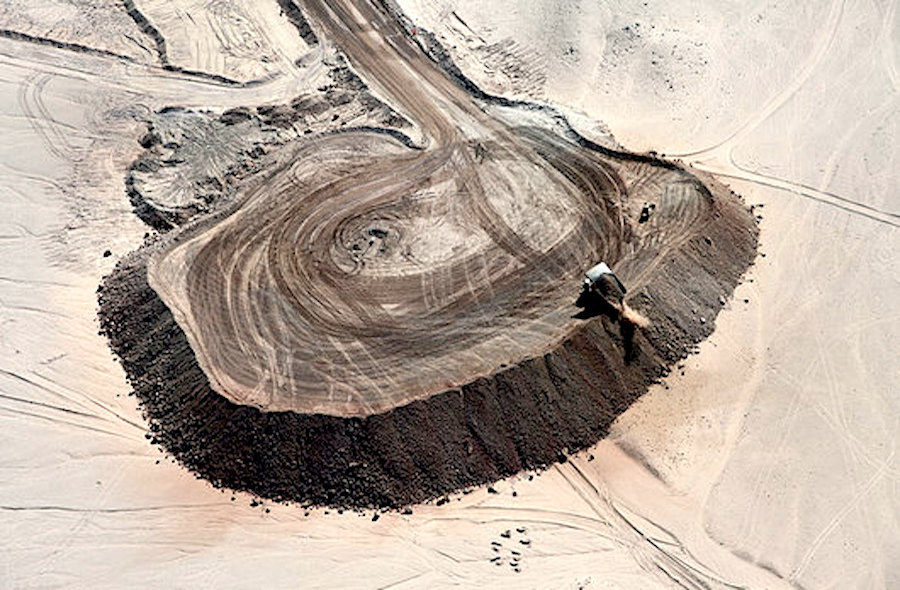Sumitomo to sell stake in Sierra Gorda copper mine

KGHM, Europe’s second-largest producer of the red metal, said instead that Sumitomo had already begun the process of leaving the venture. The miner, which is also one the world’s largest silver producers, added it was not interested in increasing its stake in the money losing operation.
The state-controlled company noted, however, that it would continue “all optimization efforts” aimed at increasing the value of the asset.
KGHM has been criticized for the steep investment allocated to developing the Chilean mine ($5.2 billion and counting). Sierra Gorda, which began production in 2014, has constantly failed to meet expectations due to challenging metallurgy and difficulties in using seawater for processing.
BMO Capital Markets analyst Edward Sterck estimates the present value of Sumitomo stake is around $513 million, assuming the mine achieves design cost and production rates.
“It is worth noting that the JV shareholders have been forced to provide external funding every year since inception due to disappointing performance and this may drive a discount,” he said in a note to investors.
Jakub Szkopek, analyst at BM mBank, noted Sumitomo’s exit may pose further challenges to KGHM.
“The signal that Sumitomo wants to get rid of the Sierra Gorda project is, in our opinion, a negative one, and might mean that possibilities of further fast efficiency improvement without major capital outlays [will] quickly run out,” Szkopek wrote.
“Another risk is whether, after selling the stake by Sumitomo, a new owner will shoulder managing the project as well, as so far KGHM has visibly lacked such competences on international markets,” he noted.
Rough path
KGHM grabbed the copper and molybdenum project in 2012, after completing the acquisition of Canadian rival Quadra FNX, in what was the largest-ever foreign acquisition by a Polish company.
The miner had planned to expand Sierra Gorda earlier, but the 2015-2016 rout in commodity prices forced the company to place the project in the backburner.
Two years later, KGHM secured environmental approval for a $2 billion expansion and upgrade of the mine in order to extend its productive life by 21 years.
The options to expand production include building an oxide circuit and doubling the throughput of the sulphide plant. Current planned output at Sierra Gorda sits at about 140,000 tonnes of ore per day, but the asset has only delivered 112,000 tonnes in its best year of operation to date.
The oxide expansion would add 40,000 tonnes of ore per day for eight years, and the sulphide expansion another 116,000, BMO estimates.
While Sierra Gorda is a low grade deposit, one of its main attractions is having an “extremely flat grade profile”, which is expected to remain around 0.34% for the foreseeable future. This, Sterck noted, would potentially move the mine from a tier four to a tier two asset with time.
KGHM posted in August a 150% leap in second-quarter core profit for the mine, despite risks related to the coronavirus pandemic.
Pawel Gruza, deputy head in charge of foreign assets, said at the time that from 2021 onwards, Sierra Gorda would no longer need financial support from its owners.




